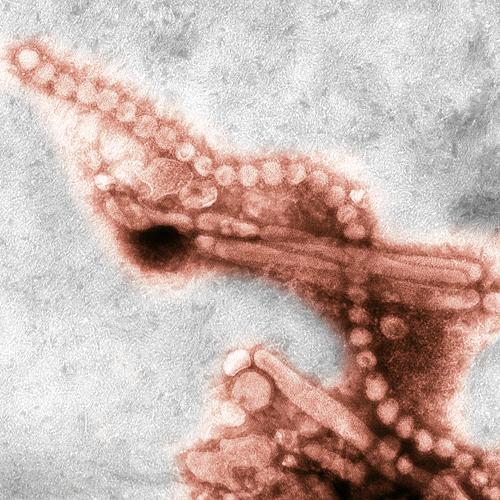A report on five Chinese H7N9 cases that were detected during routine flu surveillance reveals that the patients had milder infections and were younger than most, shedding new light on the spectrum of illness and the challenges officials could face in controlling the disease.
China is thought to have a good influenza surveillance system, and the report yesterday in the British Medical Journal (BMJ) provides a useful look behind the curtain on how they monitor flu, especially during an outbreak of an emerging infections.
The five surveillance detections were included in the 130 H7N9 infections reported by China as of May 27. The country reported 131 cases overall, and Taiwan has reported one infection, putting the total outbreak number at 132. So far 39 patients have died from their illnesses.
China's national sentinel surveillance system includes 554 hospitals across the mainland's 31 provinces. Influenza-like illnesses are reported weekly to the China Centers for Disease Control and Prevention (China CDC). At each site, 10 to 15 nasopharyngeal swabs are collected weekly in convenience sampling of patients who have had flu-like illness with fever for no longer than 3 days and have not had antiviral drugs.
Outpatient clinics and emergency departments are the first step for sick patients, because of China's national health insurance coverage and the lack of stand-alone clinics, according to the report.
Three of the five H7N9 patients were young children, and the ages ranged from 2 years to 26 years. Four were male, and all lived in urban areas in three provinces. Their symptom onsets ranged from Mar 17 to Apr 26. Four had been exposed to live animals, including chickens.
All of the patients had fever and upper respiratory tract infections, and all had mild-to-moderate H7N9 infections and quickly recovered. Two patients were hospitalized, one of whom had pneumonia that didn't require intensive care. Close-contact monitoring turned up no additional cases.
The researchers wrote that the case series presents a contrast to the more severe clinical infections that have been reported so far. Though the mild cases and severe cases shared some epidemiologic features, such as location and exposure history, they also had important differences. The five patients found through surveillance were younger and had no underlying medical conditions.
Analysis of the surveillance-detected cases shows that H7N9 infections can have diverse presentations, requiring vigilance among health workers and public health teams, the authors said.
"A large proportion of unidentified cases with mild infection in the community may be a source of infection to other susceptible people if H7N9 develops the capacity for human-to-human transmission," they wrote, adding that the pattern could make the disease more difficult to control.
Ip DKM, Liao Q, Wu P, et al. Detection of mild to moderate influenza A/H7N9 infection by China's national sentinel surveillance system for influenza-like illness: case series. BMJ 2013 Jun 24;346 [Abstract]




















